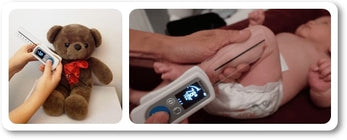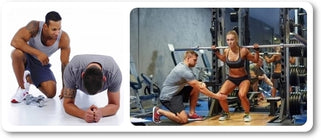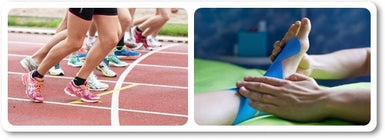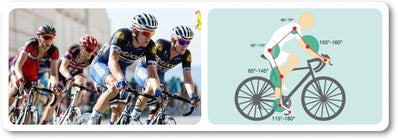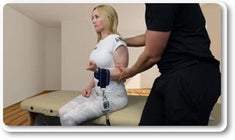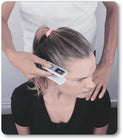The effect of neuromuscular electrical stimulation on the human skeletal muscle transcriptome
Authors: Johanna Flodin1,2, Stefan M. Reitzner3,4, Eric B. Emanuelsson3, Carl Johan Sundberg3,5,6, Paul Ackermann1,2
- Integrative Orthopedic Laboratory, Department of Molecular Medicine and Surgery, Karolinska Institutet, Stockholm, Sweden
- Department of Trauma, Acute Surgery and Orthopedics, Karolinska University Hospital, Stockholm, Sweden
- Department of Physiology and Pharmacology, Karolinska Institutet, Stockholm, Sweden
- Department of Women's and Children's Health, Karolinska Institutet, Stockholm, Sweden
- Department of Learning, Informatics, Management and Ethics, Karolinska Institutet, Stockholm, Sweden
- Department of Laboratory Medicine, Division of Clinical Physiology, Karolinska Institutet, Huddinge, Sweden
Keywords: Electrical stimulation therapy, Gene expression, Muscle stimulation, Resistance exercise, RNA sequencing, Skeletal muscles, Smart textiles
Interview with Dr. Stefan Markus Reitzner: Click here to read
Abstract
The influence on acute skeletal muscle transcriptomics of neuromuscular electrical stimulation (NMES), as compared to established exercises, is poorly understood. We aimed to investigate the effects on global mRNA expression in the quadriceps muscle early after a single NMES session, compared to the effects of voluntary knee extension exercise (EX), and to explore the discomfort level.
Methods
Global vastus lateralis muscle gene expression was assessed via RNA sequencing in 30 healthy participants, before and 3 hours after a 30-minute NMES and/or EX session. NMES was applied using textile electrodes integrated into pants, set to 20% of each participant's pre-tested MVC (mean ± SD: 200 ± 80 Nm). Discomfort was assessed using the Visual Analogue Scale (VAS, 0–10). The EX protocol was performed at 80% of 1-repetition maximum.
Results
NMES at 20% MVC resulted in VAS scores below 4 and induced 4,448 differentially expressed genes (DEGs), with an 80% overlap with the 2,571 DEGs observed after EX. Genes typically upregulated by exercise (e.g., PPARGC1A, ABRA, VEGFA, GDNF) were also upregulated by NMES. Gene set enrichment analysis showed many common pathways for EX and NMES, with EX-specific pathways including muscle tissue proliferation, and NMES-specific ones including neurite outgrowth and connective tissue proliferation.
Conclusion
A 30-minute NMES session at 20% MVC using NMES-pants, applied with acceptable discomfort, induces over 4,000 DEGs — 80% of which overlap with those triggered by exercise. NMES can mimic molecular effects of exercise and may offer performance and health benefits to individuals unable to perform resistance training.


